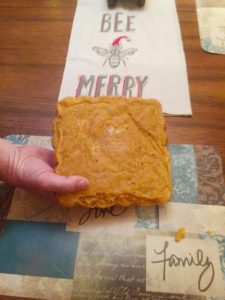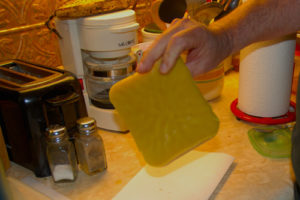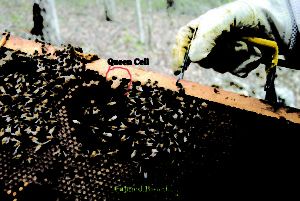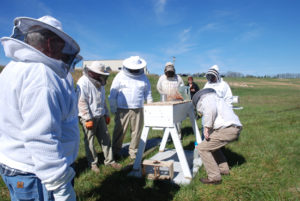Extraction of your Honey
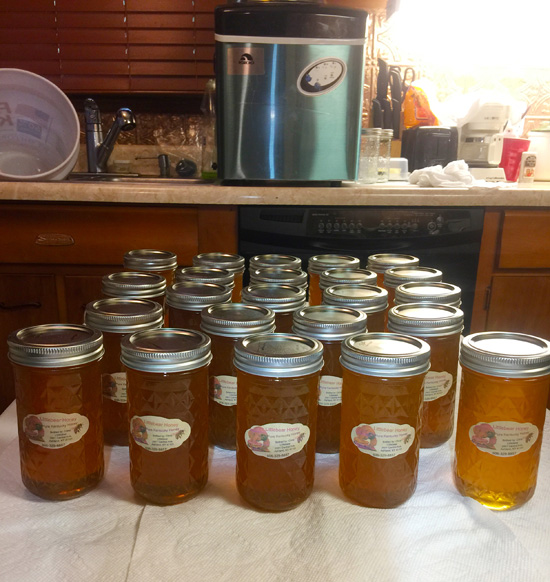
The finished product is skimmed then bottled or jarred into sanitized jars. (Photo by Chris Erwin)
By Chris Erwin
I wanted to cover this subject because this is the time most beekeepers would harvest their first honey for this season. Last week we talked about the excessive rain we have had this year. I can tell you fishing is not the only thing this wet season has impacted.
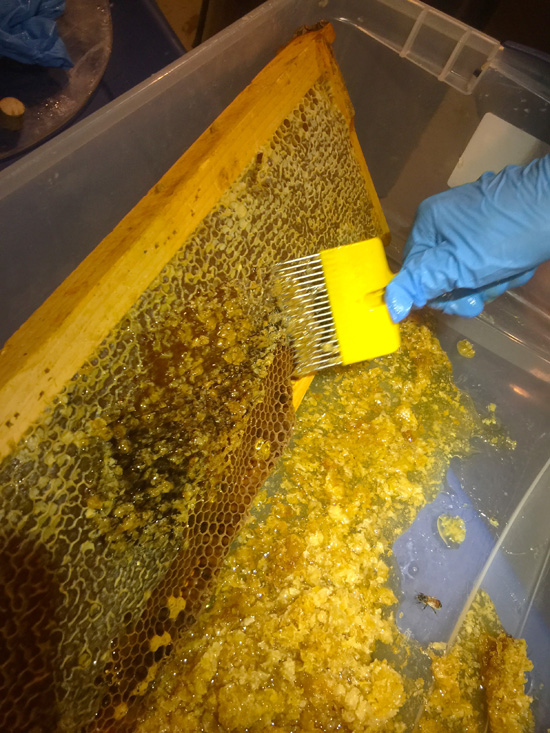
Bee’s do not fly on rainy days, like most of us they tend to stay at home. As a beekeeper, your goal is to build a hive of over 40,000 bees in each colony. These numbers will in normal conditions produce enough honey for you to be able to harvest honey from your super boxes and the bees will still have enough honey to make it through the winter. However, on rainy days, not only do the bees not fly they, of course, must eat.
There comes the point that if you have enough inclement weather, your bees will eat more than they produce. When this happens, you may find that your honey boxes are not only not filling but are actually being drained by the day.
We did harvest some honey this month; however, instead of the 150 pounds, we expected, we only got 25 pounds(from 1 hive). The season is only beginning, so this quick how-to will give you the necessary steps of how to extract your honey and jar it.
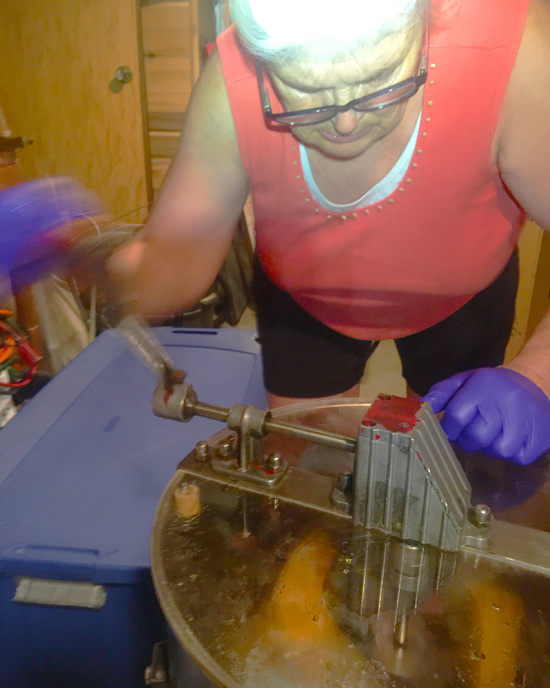
The honey boxes or (supers) your top boxes on a Langstroth hive are the frames you want to inspect to see if they are ready for harvest. When they are available, the honey will be capped with wax. It’s essential to not take the honey until 90% of the frames you plan to take are capped. When bees cap the honey, they have reduced the moisture content to less than 18%, this will ensure that your honey will not ferment once it is bottled.
They are a few methods for driving your bees out of the super box for you to take the box. However, one of the simplest ways is to just use a bee-brush and brush the bees off of each frame and put the frames in a plastic bag until you get them all removed. Then you can remove the box and place the frames back in the box. It is still advisable to put them in a bag so the bees won’t collect back on the frames.

After you collect the frames, you want to extract, you need to have a few tools. If you only have a few frames, you can use a decapping fork to remove the caps. If you are just starting out, you can use a plastic tub for a decapping pan. They do make a pan just for this job along with hot knives to remove caps if you have a lot to do.
Once the caps are removed, the frames are placed in an extractor this device is about 150.00 dollars for the least expensive ones they usually only hold two frames at a time and are manually driven with a hand crank. However, some of the motorized models run into thousands of dollars and can handle six or more frames at a time.

The hand crank extractors usually take about a hundred cranks per-side to spin the honey out of the frames. The honey is then passed through a two-stage strainer where the wax is removed. The honey must stand for a few hours to let any air bubbles to escape, and then it’s ready for bottling. Bottles should be washed and sanitized before the honey is placed in them. The Greenup County Beekeepers are planning a class on “Honey Extraction” in the fall. At this class, you can come and watch as we go through each step. The course will be free. Chris Erwin is the founder and publisher of Kentucky Angling News an online magazine available at www.kentuckyangling.com/magazine Chris can be reached by email chris@ashlandbeacon.com
